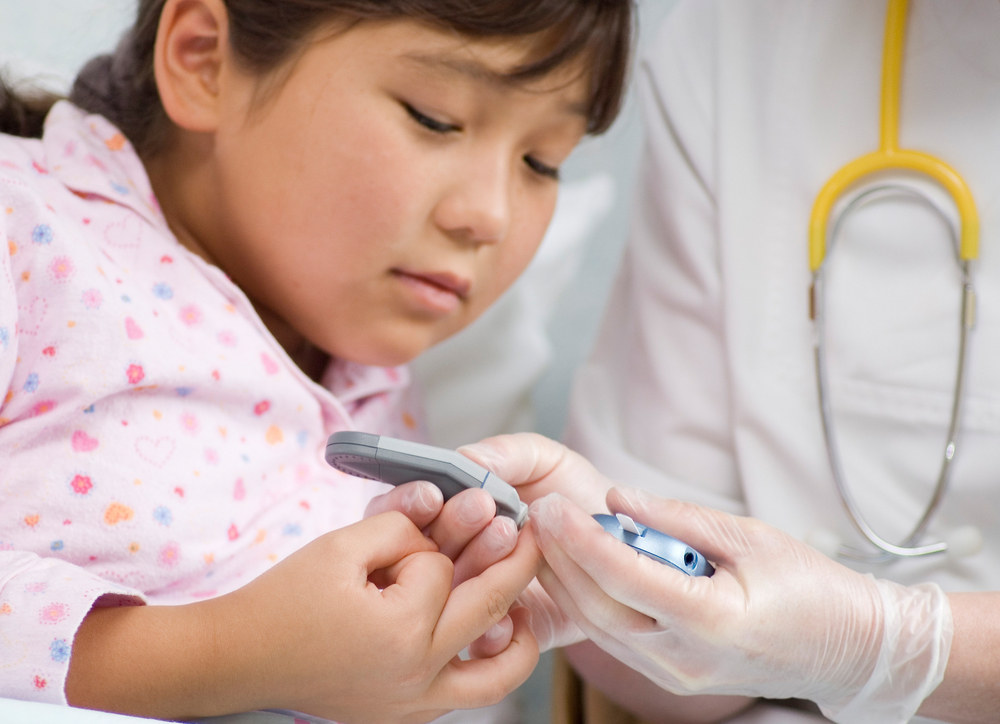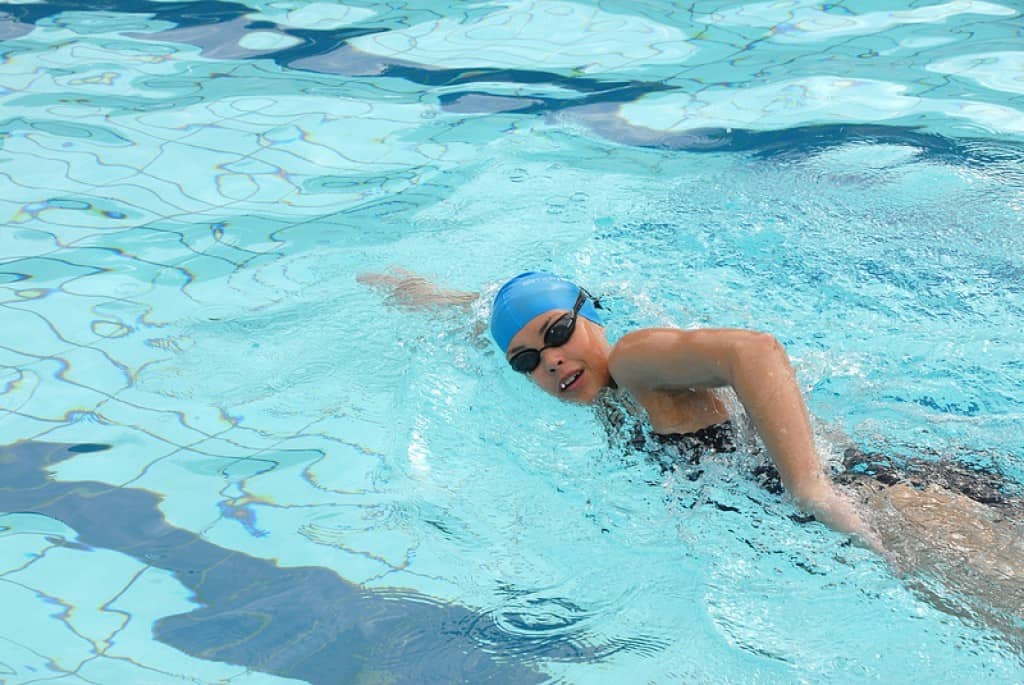Contents:
- Medical Video: Coping with a Type 1 Diabetes Diagnosis
- Guidelines for managing symptoms of diabetes in children
- 1. Monitor your child's blood sugar levels to stay normal
- 2. Learn the type and how to use insulin
- 3. Pay attention to your child's daily food intake
- 4. Invite children to exercise regularly
Medical Video: Coping with a Type 1 Diabetes Diagnosis
The diagnosis of diabetes in children may initially make you panic and be overwhelmed. Both parents and children, regardless of age, must learn how to use insulin, pay attention to food intake, and monitor blood sugar levels to stay balanced. In addition, you as a parent also need to control symptoms that aim to prevent possible complications of diabetes. There are several important things you need to know when dealing with diabetes in children. See this article for more information.
Guidelines for managing symptoms of diabetes in children
1. Monitor your child's blood sugar levels to stay normal
Regular monitoring of blood sugar levels is the main way to manage symptoms of diabetes in children. This check will show the child's blood sugar level right away. You have to make sure your child gets regular blood sugar levels. You should indeed have a tool to check blood sugar levels at home to facilitate examination.
Examination of blood sugar levels can be done through a simple blood test with a small puncture at the tip of the finger. This test is generally recommended for diabetic patients. Your child may need to do it four or more times a day, depending on the type of test used. The doctor will also explain the ideal blood sugar level.
In addition, there are the latest ways to monitor blood sugar levels, namely by continuous glucose monitoring or Continuous glucose monitoring (CGM). This method may be most effective for people who show signs of drastic blood sugar (hypoglycemia).
CGM is attached to the body using fine needles just below the skin, which will check blood sugar levels every few minutes. However, CGM is considered not as accurate as monitoring normal blood sugar. So CGM can be an additional tool, but not to replace regular blood sugar monitoring.
2. Learn the type and how to use insulin
Type 1 diabetes in children is a condition where the child's pancreas no longer functions to produce the hormone insulin. Therefore, children need an insulin replacement. This is why diabetes in children is very dependent on insulin treatment.
Parents must know the dosage and type of insulin that your child can use. In addition, parents also need to know how to provide insulin care for children.
There are several types of insulin that can be used, including:
- Fast work insulin. Insulin therapy such as lispro (Humalog), aspart (NovoLog) and glulisine (Apidra) works very quickly in reducing the body's blood sugar levels. Therefore, use 15 minutes before eating. However, the effect does not last long.
- Short work insulin. Insulin therapy is like real insulin (Humulin R) which lowers blood sugar levels quickly, but not as fast as fast-acting insulin. Usually, insulin is given 30-60 minutes before eating.
- Medium work insulin. Therapy like insulin NPH (Humulin N) starts working in about an hour, peaks around six hours and lasts 12 to 24 hours.
- Long working insulin. Insulin glargine (Lantus) and detemir (Levemir) therapy can work all day long. Therefore insulin is more widely used at night and only once per day. Usually, long-acting insulin will be combined with fast-acting insulin and short-acting insulin.
Depending on the age and needs of the child, the doctor may prescribe a mixture of types of insulin for use throughout the day and night.
The most common way to administer insulin is by injection (syringe or pen). However, insulin injections with pens have not been provided for children. Your doctor will usually help you tell you how to inject insulin for your child. You will also be taught how to store insulin and dispose of needles safely. If the child has entered adolescence or adulthood, you can teach him how to inject insulin independently.
Besides passing injections, insulin can also be given via an insulin pump. This pump is a small electronic device the size of a cellphone. This pump is easy to carry, hooked on a belt, or stored in a pants pocket. This pump will deliver insulin into your body that reacts quickly through a small flexible tube (catheter) under the skin of your stomach and stored in its place.
The insulin pump delivers insulin little by little, just like the normal pancreas works. By using an insulin pump, you don't have to bother measuring the dosage every time you inject insulin.
3. Pay attention to your child's daily food intake
Understanding what and how much food should be given to children with diabetes is very important. However, don't tell children to go on a diet specifically for diabetic patients. This will make the child easy to stress because of the choice of foods that tend to be that and it will feel tasteless to him.
Just like other healthy children, children who have diabetes also still need a lot of nutrients from a varied diet. Children need lots of fruits, vegetables, foods that are high in nutrients, low in fat, and calories within reasonable limits.
Try your whole family to eat the same food as your little one. Don't differentiate the food menu. You and your family may only have to consume fewer animal products and sweet foods.
Certain foods, such as foods with high levels of sugar or fat, should be avoided as much as possible by children with diabetes. Foods high in fat can slow digestion and can cause a surge in blood sugar a few hours after the child eats. You can ask for help from a nutrition specialist to design a daily menu that suits your child's needs without losing his favorite food.
4. Invite children to exercise regularly
Everyone needs regular exercise, including children with diabetes. Encourage your child to engage in regular physical activity and make it part of your child's daily routine.
You can invite children to play chases in the yard, around the bicycle riding complex, jogging while taking a pet dog for a walk, or swimming can be an exciting choice of activities for children. You can also enroll your child in a local sports team or dance studio. Even better if you and your family can exercise with children.
However, remember that physical activity can also reduce blood sugar, so it will affect blood sugar levels for up to 12 hours after exercise. If your child starts a new activity, check the child's blood sugar more often than usual until you learn how his body reacts to the activity.
You may need to adjust your child's eating plan or your child's insulin dose to compensate for the child's body reaction to increased child activity. Monitor for signs of hypoglycemia that can be dangerous for children.












